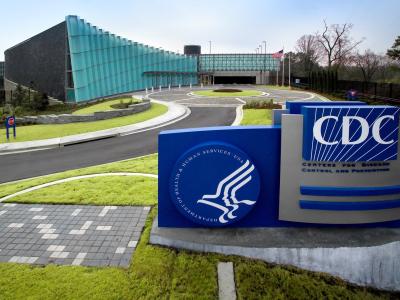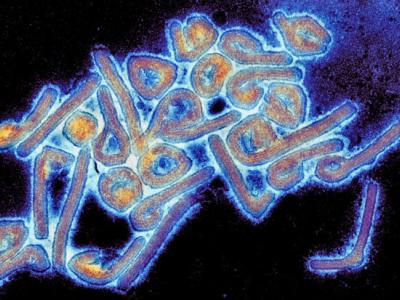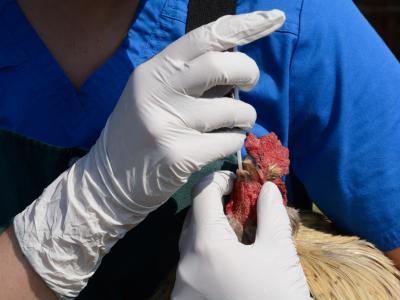CDC notes growing concern of meningococcal disease in MSM
Three US outbreaks of meningococcal disease in men who have sex with men (MSM) in recent years prompted the Centers for Disease Control and Prevention (CDC) to request reports from states on the disease in this population, and they noted at least 74 cases since 2012 concentrated in large cities, according to a report today in Morbidity and Mortality Weekly Report (MMWR).
In May 2013 and again in August this year, CDC asked health departments to review all meningococcal disease cases in men from January 2012 through June 2015, reporting MSM status, if possible. The request came after clusters of 13, 4, and 7 cases were reported among MSM in New York City, Los Angeles, and Chicago, respectively in 2012, 2013, and 2015.
Officials reported 527 cases in working-age men. Although MSM status is not routinely collected for the disease and might be underreported, 74 cases involved MSM, the CDC said. Of those, 23 were in New York City, 14 in Los Angeles County, and 11 in Chicago, while 26 sporadic cases occurred elsewhere, with no more than 3 in any one area during any 3-month period.
The median age of MSM patients was 31 years (range, 20 to 59). Neisseria meningitidis serogroup C accounted for 62 cases (84%), while serogroups B, W, and Y accounted for 5, 2, and 3 cases, respectively. Serogroup was unknown for 2 patients. A full 24 cases (32%) proved fatal. Of the 41 patients for whom vaccination status was known, 6 (15%) had received a quadrivalent meningococcal vaccine, which does not contain serogroup B.
The authors conclude, "Health departments are encouraged to attempt to determine MSM and HIV status during investigations of meningococcal disease cases caused by any serogroup occurring among males aged ≥16 years."
Nov 13 MMWR report
US cases of congenital syphilis up sharply
After dropping substantially from 2008 to 2012, the rate of congenital syphilis (CS) rose sharply in 2014, CDC researchers noted in a separate MMWR report today.
Previously, the CDC said that CS decreased from 1991 through 2005 before rising a bit from 2005 to 2008. In today's report, the agency said the rate of CS per 100,000 births decreased from 10.5 to 8.4 cases from 2008 to 2012. But the rate climbed to 11.6 cases per 100,000 births in 2014.
Increases in CS rates occurred in all regions but were greatest in the West, where the rate more than doubled, from 5.5 to 12.8 cases per 100,000 live births. The decline of CS from 2008 to 2012 reflects syphilis rates in women during that time, which dropped from 1.5 to 0.9 cases per 100,000 women, the CDC said.
Racial disparities in CS rates increased from 2008 to 2012, because relative decreases in rates were greater among whites (21%) than African Americans (11%). In 2012, 57% of CS cases were in African American infants, the report said.
The authors conclude, "To reduce CS, the timely identification of and response to increases in syphilis among women of reproductive age and men who have sex with women are essential. All women should have access to quality prenatal care, including syphilis screening and adequate treatment, during pregnancy."
Nov 13 MMWR report











